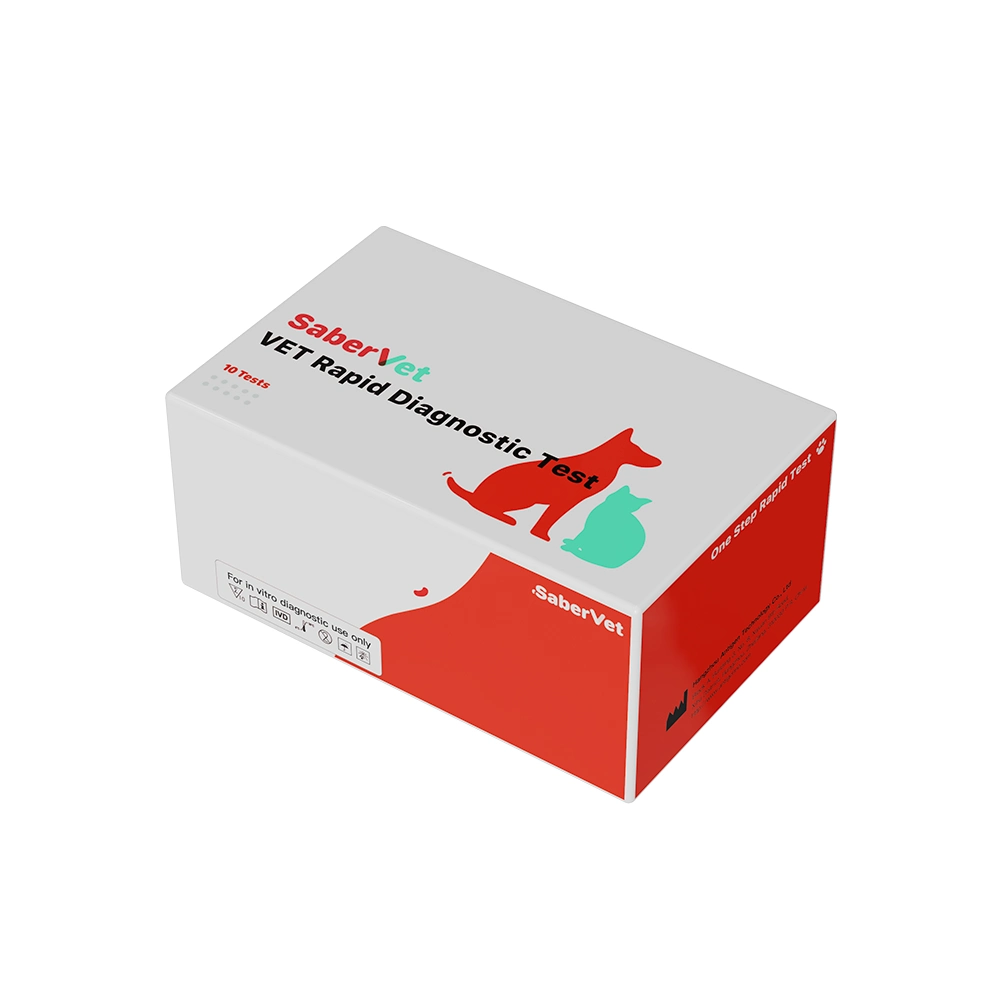Canine distemper, canine adenovirus type I (CAV-I) and canine influenza are three common respiratory disease agents in dogs.
Similarities
Route of transmission
All are spread through direct contact with body fluids (e.g., snot, saliva) of infected animals, aerosols, or through contact with contaminated environments and objects.
Symptoms
Both may cause respiratory symptoms such as fever, cough, and difficulty breathing.
Both may cause loss of appetite, drowsiness and weight loss.
Preventive Measures
The main way to prevent all three diseases is vaccination.
Maintain good hygiene and avoid contact with infected animals.
Differences
Pathogen
Canine distemper: caused by Canine Distemper Virus (CDV).
Canine Adenovirus Type I (CAV-Ⅰ): caused by Canine Adenovirus Type 1, also known as Canine Infectious Hepatitis Virus.
Canine Influenza: caused by Canine Influenza Virus (CIV).
Specific symptoms
Canine distemper: In addition to respiratory symptoms, it can cause digestive (e.g. vomiting, diarrhoea) and neurological symptoms (e.g. spasms, convulsions, seizures), as well as the typical “hard pads” symptom (hardening of the pads of the feet).
Canine adenovirus type I (CAV-I): mainly causes liver damage, with symptoms including jaundice, abdominal pain and bleeding tendencies, and possibly corneal oedema (blue eye).
Canine Influenza: Mainly presents with respiratory symptoms such as coughing, runny nose and sore throat, and in severe cases may progress to pneumonia.
Detection Methods
Canine distemper
PCR test: detects RNA of Canine Distemper virus.
Serological tests: Detection of antibodies to canine distemper virus, e.g. ELISA.
Immunofluorescence test: Detects viral antigen in nasal, conjunctival or blood samples.
Canine adenovirus type I (CAV-I)
PCR assay: detects DNA of canine adenovirus type 1.
Serological tests: Detection of antibodies to canine adenovirus, e.g. ELISA.
Virus isolation: isolation of virus from urine, blood or liver tissue.
Canine Influenza
PCR assay: detects RNA of canine influenza virus.
Serological tests: detection of antibodies to canine influenza virus, e.g. ELISA.
Virus isolation: Isolation of virus from nasal swabs or bronchoalveolar lavage.
Canine Distemper Virus/Adenovirus I/Influenza Virus Antigen Combo Rapid Test
Antigenne has developed the Canine Distemper Virus/Adenovirus I/Influenza Virus Antigen Combo Rapid Test to assist users in detecting infections associated with respiratory symptoms in their dogs.












